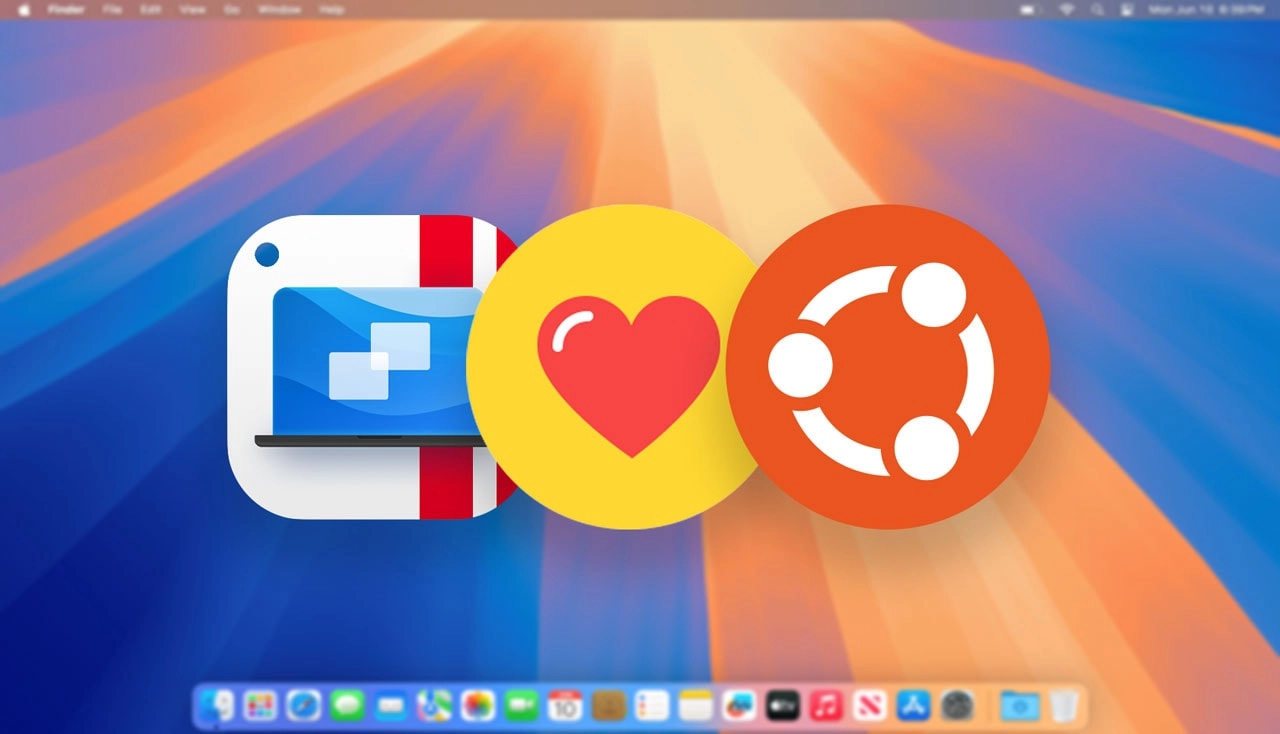Parallels Desktop 20 has been released for macOS. This version enhances the capabilities of Linux virtual machines on macOS.
The major feature of Parallels Desktop 20 is its compatibility with macOS Sequoia as both a host and guest operating system, a timely update with the upcoming release of Sequoia.
Additionally, Parallels Desktop 20 brings significant enhancements for Linux virtual environments.
It now fully supports Ubuntu 24.04 LTS VMs, Fedora 39/40, and various other recent releases of Linux distributions. The graphical representation for Ubuntu and Fedora VMs has been updated to feature their new logos, adding a fresh visual touch.
Because updates to Parallels don’t come out fast enough to keep pace with new Linux kernel releases, there are often stability and compatibility snafus with VMs running newer kernels.
This is something the Parallels team is aware of, and with this update they say they’ve taken the first step to solve it – without needing to push out constant updates.
“[Our] team discovered that nearly 50% of the reported issues were related to the Shared Folder driver operating within the kernel space. Tackling this required adopting the high-level FUSE API, which should significantly reduce installation issues caused by kernel API changes in the near future.”
Related to this, it has been mentioned that the speed of reading and writing to volumes that are shared from macOS in Linux guests has improved significantly, boasting speeds up to four times faster than previously — a commendable enhancement.
Other enhancements in Parallels 20 for Linux hosts include:
- Support for newer Linux distributions, such as Ubuntu 24.04 LTS
- Updated VM distribution icons for Ubuntu, Fedora, and more
- Implementation of native UI in Parallel Tools across Windows, macOS, and Linux
- Resolution of an issue that previously hindered the installation of Ubuntu 24.04 on Intel Macs
- Corrections to keyboard and mouse malfunctions during manual Ubuntu VM installations
- Added support for IPP printing from Linux virtual machines
Parallels Desktop 20 has updated its approach to managing Windows 11 VMs on Apple Silicon hardware by setting the Windows Subsystem for Linux (WSL) to initially utilize WSL 1 instead of the more advanced WSL 2. This adjustment is intended to address compatibility issues.
In addition, the new Parallels Desktop 20 for Mac Pro version introduces a dedicated Parallels AI package. This package provides a specialized Linux-based VM designed specifically for developers, students, and enthusiasts interested in artificial intelligence areas such as machine learning, large language models, and computational vision.
The software now allows users to manage virtual machines through natural language commands using Microsoft Copilot, which is incorporated within its Visual Studio Code extension. Moreover, GitHub actions can be employed to automate virtual machine deployment directly from a GitHub repository.
Get Parallels Desktop for Mac
Mac enthusiasts exploring the functionalities of Parallels Desktop for Mac, including its Pro edition (with an upcoming Enterprise version) can acquire further details on its official website. Although Parallels is not free or open-source, it does offer a 14-day free trial for testing purposes.
Parallels also invites engineers, developers, and DevOps professionals who utilize their software and its numerous integrations to join their official Discord channel to exchange feedback, share ideas, and connect with other users.
Virtualization is crucial, even on macOS
Many developers appreciate macOS for its reliability and employ tools like Parallels to experiment with various Linux distributions and configurations without the complications of installing Linux directly on Apple devices. The argument “don’t buy a Mac!” doesn’t suffice for those who prefer or are provided with Mac systems.
Besides, not everyone uses Linux as their main OS, just for work, hobby, study, etc. If their primary device is a MacBook, Mac mini, or iMac, being able to run Linux in a virtual machine is useful, and Parallels is the best virtualisation software for macOS.
So while it is strange to be writing about a Mac app update on an Ubuntu blog, it has a place.
